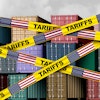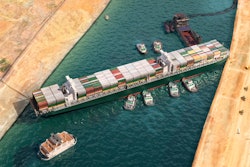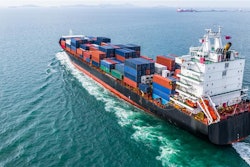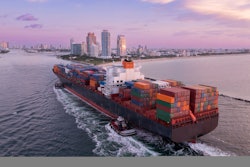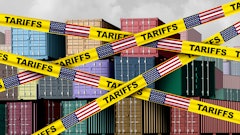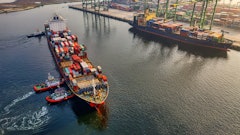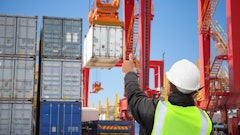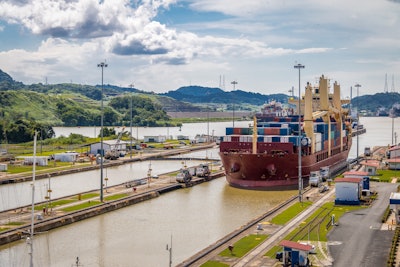
Recent comments from President Donald Trump about "taking back" the Panama Canal have sparked intense discussion, but they're missing the real story. Behind the headlines and heated rhetoric lies a complex web of environmental constraints, geopolitical ambitions, and economic necessities that deserve deeper consideration.
Let's cut through the rhetoric: Trump's statements about U.S. ownership of the canal are likely negotiating theater rather than serious policy. Taking control of the canal wouldn't serve any practical U.S. interests. What's really at stake here is something far more strategic: the future of hemispheric trade and the ongoing competition with China.
The heart of the matter is water – or more precisely, the lack of it. The Panama Canal's operations depend entirely on freshwater from two main sources: Lake Gatun and Lake Alajuela. These same lakes provide roughly half of Panama's municipal water supply. Over the past two decades, demands on this system have skyrocketed, both from population growth and industrial development in zones like Colon. When rainfall falls short, canal authorities face an impossible choice between maintaining shipping operations and ensuring adequate water supply for residents.
This water crisis is what's really driving the high crossing fees that have everyone up in arms. Simply giving preferential rates to U.S. ships, as some have suggested, would create more problems than it solves. The current high rates affect all nations equally and stem from a fundamental capacity issue.
So what's the actual game plan here? The U.S. strategy appears to have two main objectives: restoring the canal to peak capacity and reducing Chinese influence in Latin America. This aligns perfectly with the "Pivot to Asia" strategy first outlined during the Obama administration. To make this pivot work, the United States needs to address security concerns like Huawei's deep involvement in regional telecommunications infrastructure and build stronger inter-American supply chains, particularly for critical components like semiconductors.
The U.S. pitch to Panama will likely be straightforward: distance yourself from China, and we'll get American companies to invest in your development. This could mean shifting away from water-intensive industries like mining toward value-added services and sustainable development. Migration control cooperation will probably be part of the package too. The overall goal? Bringing Panama firmly back into the U.S. sphere of influence.
There's another angle to this story: Mexico. The Tehuantepec rail corridor could potentially handle a portion of current Panama Canal traffic. While slightly slower than Panama (once you factor in the time to unload and reload containers between ships), it could provide more consistent transit times by avoiding the increasingly common canal queues. This alternative route adds another layer of complexity to regional shipping dynamics.
For supply chain leaders, this situation demands both immediate action and long-term strategic planning. Here are the key steps to consider:
Near-term mitigation strategies:
● Build buffer inventory where possible, especially for critical components that typically cross the Panama Canal.
● Review and potentially adjust safety stock levels to account for increased transit time variability.
● Develop contingency routing plans that include alternative ports and transportation modes.
Medium-term adaptations:
● Invest in visibility technology that can track shipments across multiple transportation modes and provide early warning of potential delays.
● Evaluate supplier diversification opportunities, particularly looking at suppliers that don't require canal transit.
● Consider shifting some ocean freight to air freight for high-value, time-sensitive goods.
Long-term strategic changes:
● Develop relationships with multiple logistics providers to ensure access to diverse shipping routes.
● Assess the viability of nearshoring certain operations to reduce reliance on trans-oceanic shipping.
● Build more flexibility into distribution networks through multi-port strategies and intermodal capabilities.
The key to success will be maintaining operational flexibility while controlling costs. Supply chain managers should focus on creating resilient networks that can adapt to changing conditions without sacrificing efficiency. This means investing in technology that provides better visibility and control over inventory movements, while developing relationships with multiple logistics providers to ensure access to diverse shipping options.
Remember: today's disruption is tomorrow's normal. The organizations that thrive will be those that build adaptability into their supply chain DNA rather than treating it as a one-time response to crisis.




